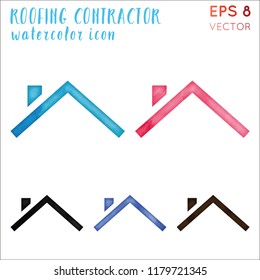Understand How Seasonal Conditions Influence The Success Of Business Outside Paint And Learn The Excellent Periods To Guarantee Resilient Outcomes For Your Task
Understand How Seasonal Conditions Influence The Success Of Business Outside Paint And Learn The Excellent Periods To Guarantee Resilient Outcomes For Your Task
Blog Article
Writer-Doherty Rosendal
When you're planning an industrial external painting task, seasonal factors can make or damage your results. You'll intend to take into consideration exactly how temperature and humidity influence paint application and drying out times. Picking the appropriate season can guarantee your paint sticks properly and lasts longer. Yet which periods are absolutely the best for this kind of work? Allow's discover the crucial elements that can affect your project's success.
The Impact of Temperature on Paint Application
When you're planning a commercial outside paint task, the temperature can substantially influence how well the paint adheres and dries.
Preferably, you wish to repaint when temperatures vary in between 50 ° F and 85 ° F. If it's as well cold, the paint may not cure effectively, leading to concerns like peeling or splitting.
On the other side, if it's as well warm, the paint can dry out too promptly, stopping proper bond and resulting in an irregular finish.
paints houses ought to also think about the time of day; morning or late afternoon supplies cooler temperatures, which can be a lot more positive.
Always check the supplier's recommendations for the specific paint you're making use of, as they frequently provide support on the perfect temperature level range for ideal outcomes.
Moisture and Its Effect on Drying Times
Temperature isn't the only ecological variable that affects your industrial outside paint task; humidity plays a significant duty too. High humidity degrees can reduce drying out times drastically, influencing the overall top quality of your paint task.
When the air is saturated with dampness, the paint takes longer to cure, which can result in problems like bad attachment and a higher danger of mildew growth. If you're painting on an especially humid day, be prepared for extensive wait times in between layers.
It's vital to check local climate condition and strategy accordingly. Ideally, house painters near me exterior for humidity levels in between 40% and 70% for ideal drying out.
Keeping these factors in mind guarantees your job stays on track and delivers a lasting finish.
Best Seasons for Commercial Outside Painting Projects
What's the best time of year for your industrial external paint jobs?
Spring and early loss are typically your best choices. During these periods, temperature levels are moderate, and moisture levels are commonly lower, developing ideal problems for paint application and drying out.
Avoid summertime's intense heat, which can trigger paint to dry as well swiftly, leading to poor bond and surface. Similarly, winter months's chilly temperature levels can prevent proper drying out and curing, running the risk of the longevity of your paint task.
Aim for days with temperature levels between 50 ° F and 85 ° F for ideal outcomes. Keep in minneapolis interior painters to inspect the neighborhood weather prediction for rainfall, as damp problems can destroy your task.
Preparation around these elements guarantees your paint job runs efficiently and lasts longer.
Conclusion
Finally, intending your industrial exterior painting jobs around seasonal considerations can make a substantial difference in the result. By organizing work during the ideal temperature levels and moisture degrees, you'll guarantee much better bond and drying out times. Keep in mind to keep an eye on local weather forecasts and pick the right time of year-- spring and early loss are your best bets. Taking these steps will assist you attain a durable and specialist finish that lasts.
